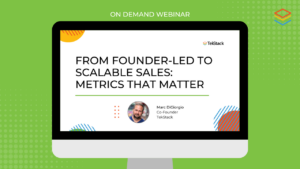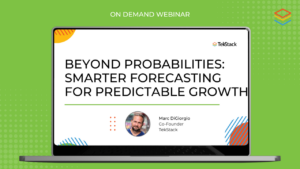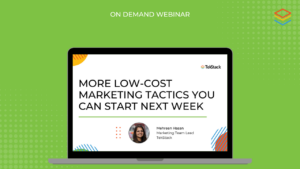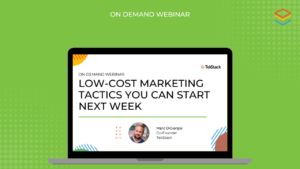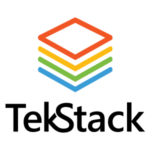
If you are a B2B SaaS company setting up a sales & marketing process, how potential buyers flow through your CRM system is important stuff. If you want to scale your business and become a predictable sales and marketing machine, here are the reasons why you want to put a little thought into your setup:
- Gain a better understanding of Funnel Attrition and Funnel Velocity so that you can see how quickly deals move through the funnel, and how many “leads” it takes to win a new customer.
- Figure out where “leads” are coming from. Get a handle on Lead Source attribution so that you can double down on the lead sources that work and stop spending on the ones that don’t.
- Understand where a buyer is in their journey with you so that you can respond appropriately and with the correct urgency.
- Hold your sales and marketing team to task on leading indicators. The leading indicators should become predictors of future success.
What’s the best way to structure your process?
Wondering the best way to structure your marketing & sales process? Even for B2B SaaS companies (which is a market that TekStack specifically focuses on), the answer is not always straightforward. Ask yourself these questions:
- What percentage of your top-of-funnel leads (TOFU) are coming from Paid or Organic web traffic versus outbound or referral-type activities?
- How definable is your target universe? Can you identify 80%+ of the target buyers in your market?
- At what point does your team engage with early prospects?
- How long is your sales cycle?
- Do you sell one or multiple products to one or multiple buyer personas within one customer account?
This information will help decide if you should use one of these three approaches.
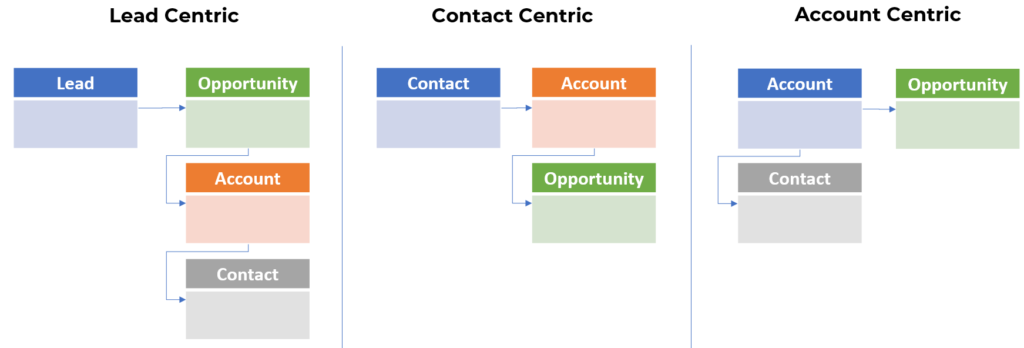
Should I use the lead entity?
- Lead-centric: Fantastic if you have a strong inbound marketing machine, shorter sales cycles, are product-led, and a wide-open target audience.
- Contact centric: The way to go is if you sell many solutions to many buyers in one organization, and are a sales-led GTM strategy.
- Account-centric: Perfect for sales-led organizations that have complex sales cycles and multiple decisions makers.
Regardless of the approach you take, think about incorporating these principles into your sales & marketing flow.
Sirius Decision’s Demand Unit Waterfall (2017)
We are big fans of the updated Sirius Decisions approach. You’ll be familiar with the old acronyms like MQL, and SQL. Thank Sirius for those. Well, they updated the approach in 2017 with more human language and a much simpler process. I mean who wants to be called an MQL? And trying to create those workflows in a CRM system was crazy. I like the new approach because it allows for more fluidity in a non-linear sales process. This is often common in Enterprise B2B SaaS where prospects go in and out of buying patterns over long periods.
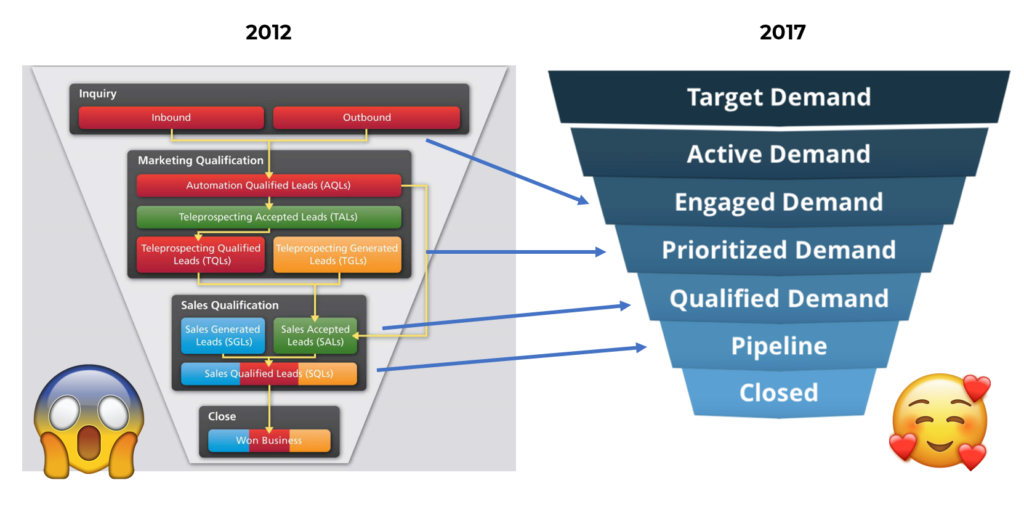
Changes to Sirius Decision’s demand unit waterfall are now better aligned to the fluid nature of deal flows.
While the Sirius Decisions process ends at the point of customer acquisition, TekStack recommends extending the lifecycle journey beyond that point to include customer stages like Implementation, Expansion, and Advocate stages.
Relationship Types
In parcel with Account or Contact stages, differentiating contacts and accounts is equally important. Broadly speaking we differentiate prospects from customers from other relationships. But we get a little more granular because we want to differentiate certain situations. For example, we recommend classifying active customers differently from lost customers; and prospects from re-prospects. Workflows automatically update the relationship type based on the event. For example, a prospect that has its first opportunity Closed Won updates to an Active Customer. An Active Customer that doesn’t renew becomes a Lost Customer. A Prospect that loses their first opportunity becomes a Re-Prospect.
Cascading
One thing that always drove me crazy was when contact had mismatched information from the account they were associated with. I could never trust which record was correct. The best way to deal with this, especially if you live in an account-centric world, is to cascade key information from the account so that the contacts are in line with the account information. Examples of fields that could be cascaded include Relationship Type, Lifecycle Stage, Industry, Territory (even city, state, country depending on the nature of your market). It’s not hard for this information to get out of sync and it’s crucial to be inline especially if marketing is using this information to build campaign lists.
First and Last Touch lead sources
Lead attribution is important because you will want to double down on the lead sources that deliver conversions and stop spending time and money on those that don’t. But it’s important to value the first touch lead source as much as the last touch. The lead sources should be a list that balances granular detail with the overall strategy. We have recommendations on what that option set should be, but every company is different.
I’ve had endless debates about spending marketing money on activities that I knew were terrible wastes of time and money, but could never get the data to back it up. Half the reason was that the ‘lead source’ was set to the first touch. Meaning the original data source that got the name into the system. However, I knew what pushed the buyer into a sales cycle was a completely different activity. But without the data to back it up, it’s impossible to validate. First and Last Touch attribution will solve that. If you are using a marketing automation tool you’ll get all the activities in between but I would discourage trying to map revenue attribution to anything other than last touch lead source.
Here is how TekStack brings the information together. All of the stages and states are driven by workflows so the user doesn’t actually have to pay attention too much.
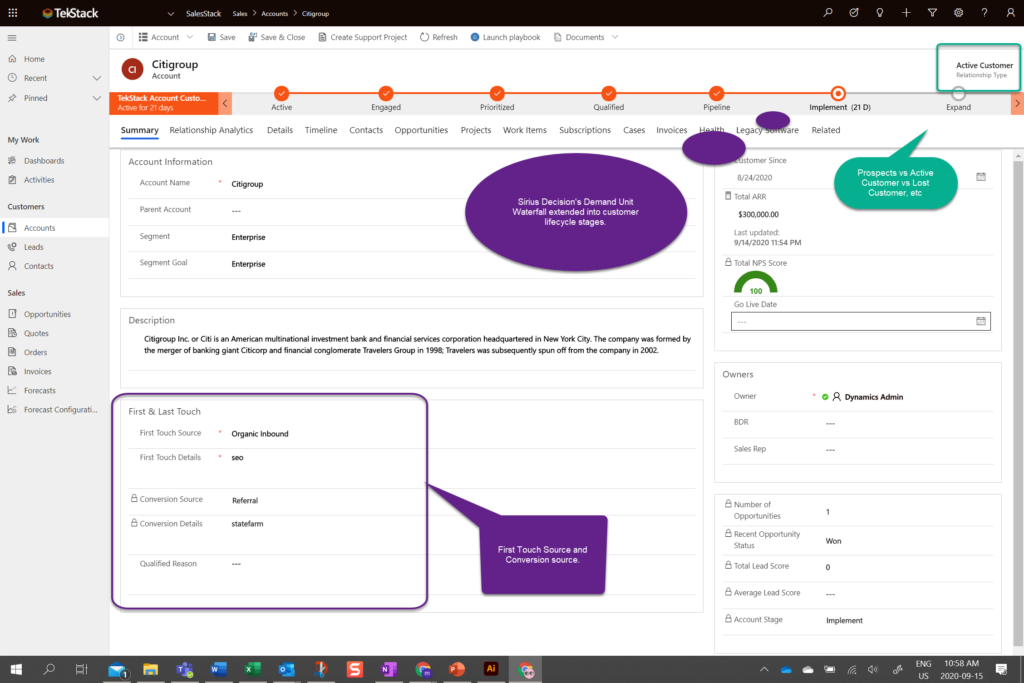
Account-centric approach to managing stage and status
Info Enrichment
Capture any contact or account data point that you want to use for segmentation. Obvious examples include Industry, Company Size, location (city, state, country, or some territory definition).
Lead Scoring
If you use a marketing automation system, consider combining Lead Score (and potentially grade) into the Sirius Decisions Demand Unit waterfall. Specifically to move a ‘lead’ record from Active to Engaged, or Engaged to Prioritized. Lead Scoring is behavior-based, meaning the score is determined by actions taken by a potential buyer. The Grade is applied using demographic or firmographic information. For example combining location, industry, or title information to score a lead. Some systems use grading (ex. A through D), others use a numeric point system. Generally, we’d recommend not incorporating lead grading because the data hygiene is not always perfect, and often requires more profiling than is reasonable. Here’s a sample behavior-based Lead Scoring system:
- Threshold for Prioritized = 100
- Inquiry Form Fill = 100 points
- Page Visit = 5 points
- Event Registration = 25 points
- Download = 25 points
Any ‘lead’ that has > 0 points should be ‘engaged’. Ideally, you should role up the points from contacts associated with an account. Otherwise, you could be missing some action. Identify at what point you want your sales or BDR team to engage in prospects. Someone who downloads a document could probably be left alone for a while. But if they download two documents and register for an event, that’s 75 points in this model. It might be worth a courtesy call. We recommend engagement at 100 points with a human decision on whether or not to move them to Qualified or push them back down to Engaged. You can also include negative points for certain actions like lost opportunities resetting points to zero, or resetting accumulated points after each year.
Conversion Metrics
The key moments that you want to capture and time gate are:
- Date a Lead, Contact, or Account is Prioritized and Qualified
- Dates that Opportunities are created and closed.
Once you can capture this information you can track historic results, for example, the number of ‘leads’ that were Prioritized month over month. You can also track the ratio of ‘leads’ that are converted from Prioritized to Qualified. Ideally, you would track all the times a lead comes in and out of these stages, not just the last time.
Over time, you’ll get a sense of how long your average buying cycle is from Engaged to Closed; and the number of Prioritized Leads it takes to get a new customer. By tracking lead source and other enriched data points, you’ll be able to analyze this information by segment. Let’s talk about Deal Velocity in another post, but equally important is capturing the number of days that deals take at various stages. Let’s talk about Deal Velocity in another post, but equally important is capturing the number of days that deals take at various stages.
About TekStack
We help B2B SaaS companies increase sales efficiency and keep customers forever. You could build all this stuff in your CRM system, or just use ours. Pre-configured and ready to go. Not only do we help you gain sales efficiencies, we also help with customer retention, delivery, and support. One system. If you would like to see TekStack in action, contact us:



